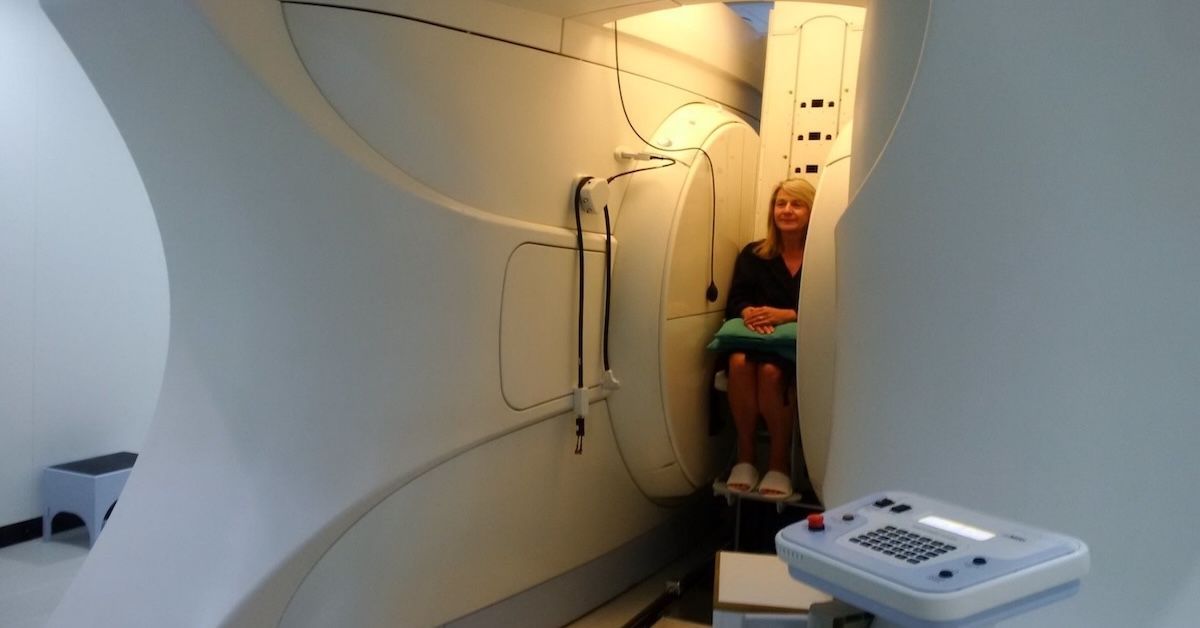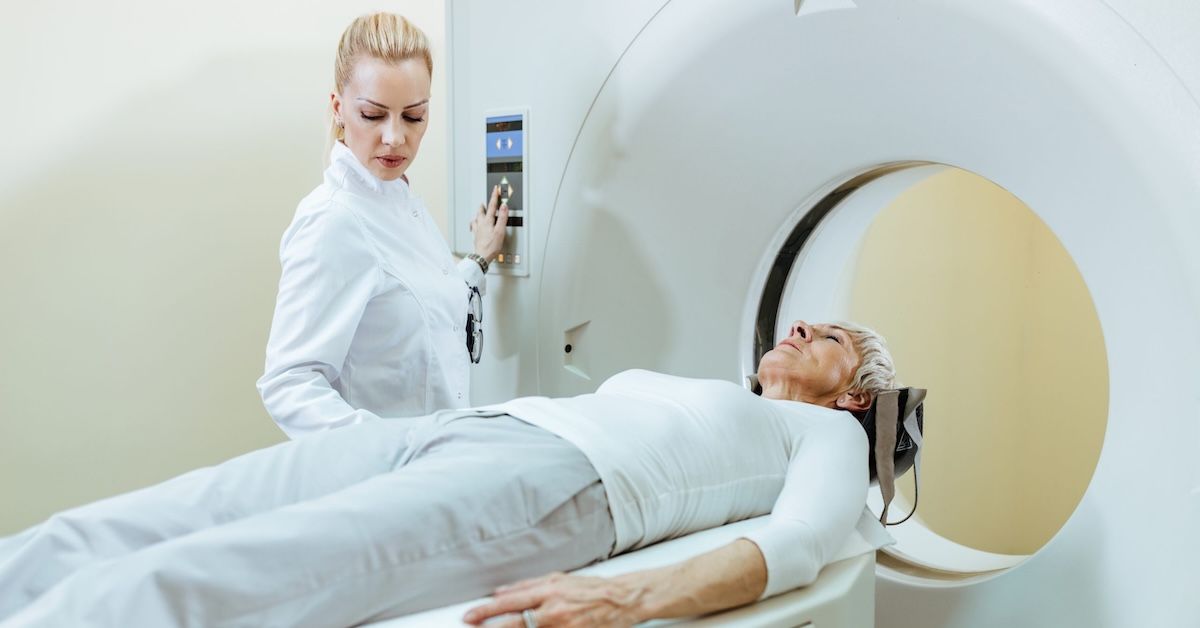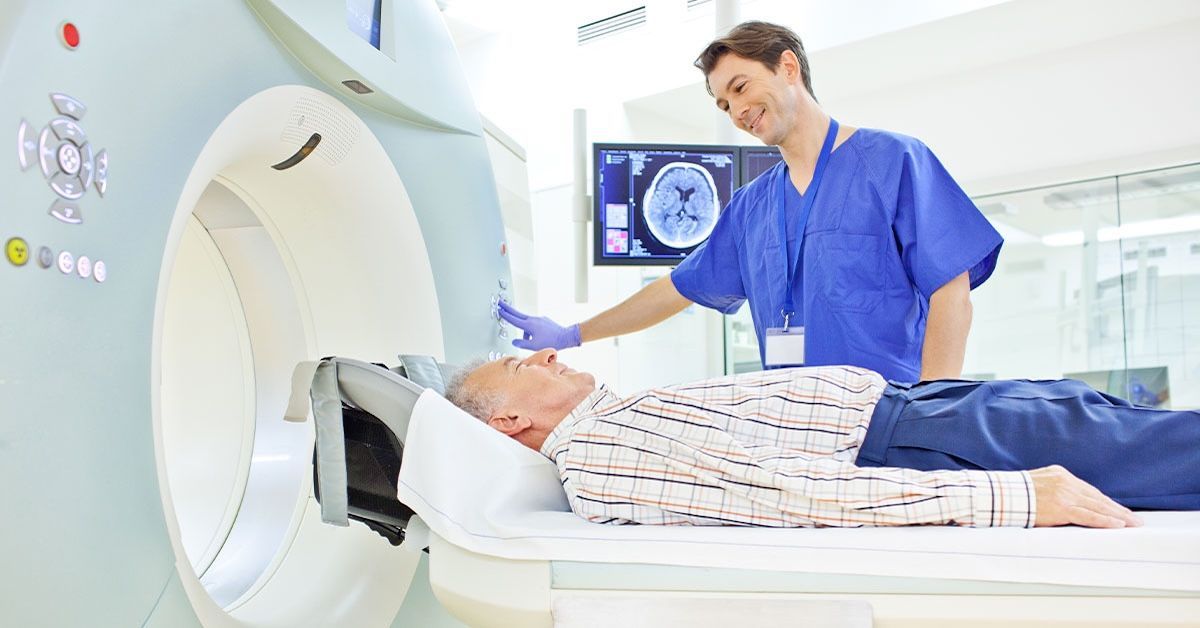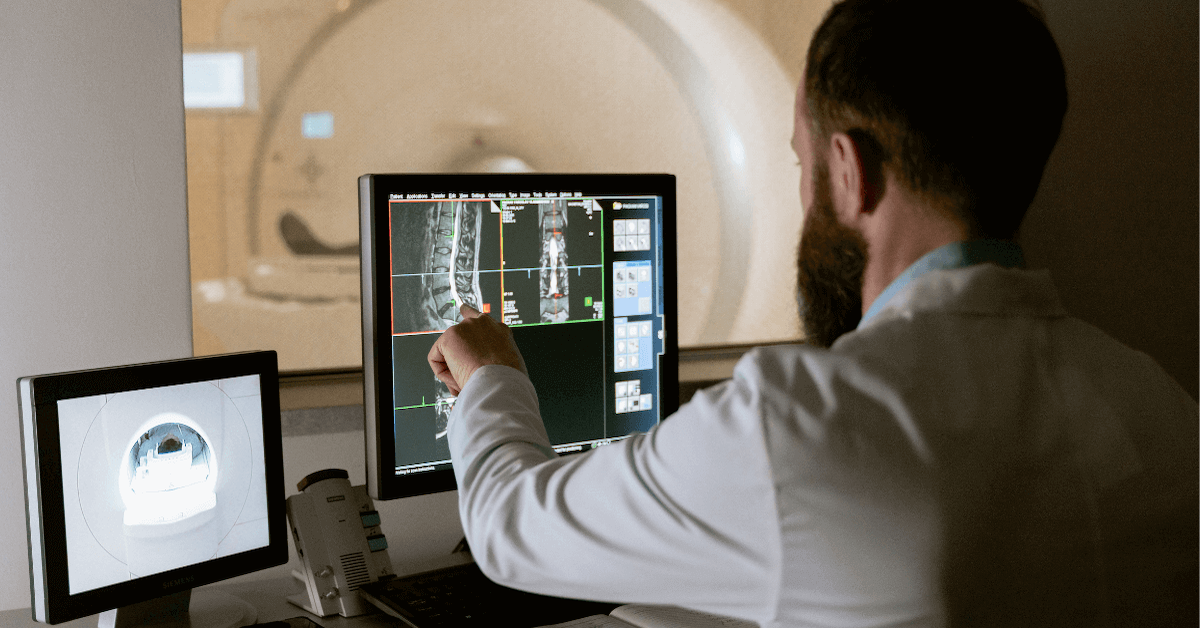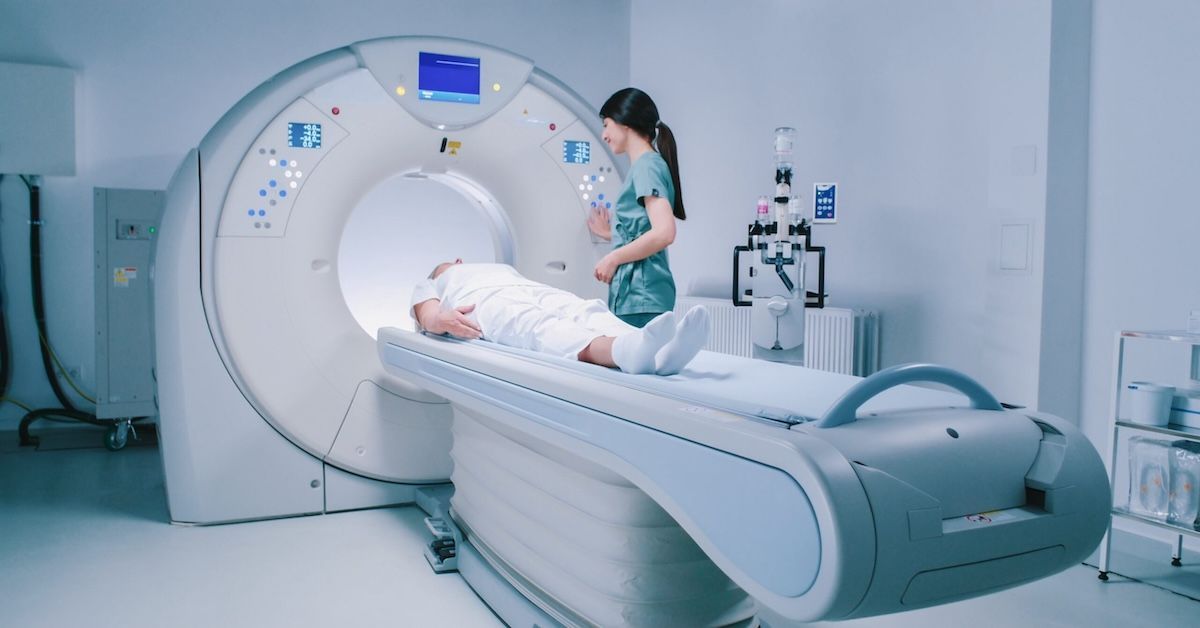What Should Patients Know About Self-Pay MRI Options?
MRI scans are one of the most effective tools for diagnosing injuries, monitoring conditions, and guiding treatment plans. While insurance often covers imaging, many patients are surprised by high deductibles, prior authorization delays, or limited provider choices. That’s where self-pay MRI comes in. By paying directly for the scan, patients can often save money, schedule faster, and gain more control over where they go for imaging. This article explains what self-pay MRI means, why people choose it, how much it costs, and how to decide if it’s right for you.
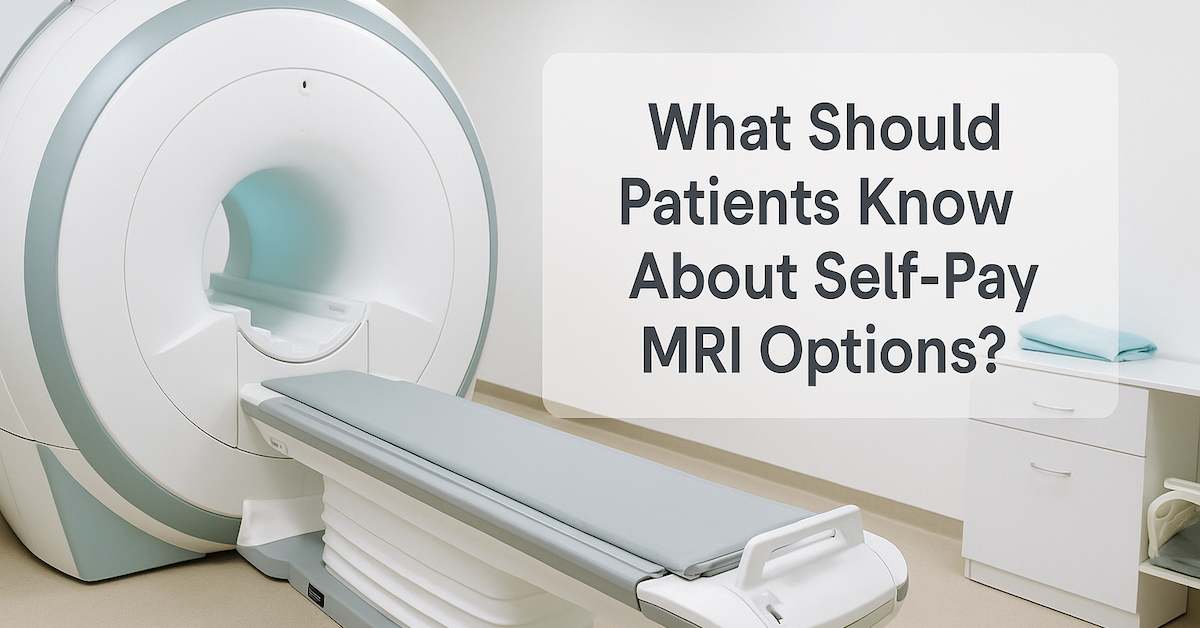
What Does Self-Pay MRI Mean?
A self-pay MRI refers to paying out of pocket for an MRI scan instead of using health insurance. This direct-pay option is offered by many imaging centers and hospitals. Patients pay a flat fee that covers the scan itself and sometimes the radiologist’s interpretation.
Unlike insurance-based billing, where charges can be unpredictable, self-pay MRI usually comes with transparent pricing. Patients know upfront what they will owe, which makes it easier to plan and avoid surprise bills.
Why Do Patients Choose Self-Pay MRI?
There are several reasons why patients opt for self-pay:
- Avoiding high deductibles: Many insurance plans require patients to pay thousands of dollars before coverage starts. A self-pay MRI can be significantly cheaper than going through insurance.
- Faster scheduling: Insurance approval can take days or weeks. With self-pay, patients often schedule scans within days.
- More provider options: Insurance networks sometimes limit where you can go. Paying directly opens access to centers that may be closer, more advanced, or more convenient.
- Access to specialized scans: Certain MRI techniques may not be fully covered by insurance. Self-pay gives patients the freedom to choose what they need.
How Much Does a Self-Pay MRI Cost?
The cost of a self-pay MRI varies by location, body area, and type of scan. On average, prices range from $300 to $900 for standard MRIs. Specialty scans, such as contrast-enhanced or advanced imaging, may cost more.
For comparison, the billed amount for an insurance-based MRI can be two to three times higher before adjustments. Even with insurance, many patients end up paying more out of pocket than they would under a self-pay arrangement.
What Are the Benefits of Paying Directly?
Choosing self-pay has several advantages:
- Transparent pricing: Patients know the full cost before scheduling.
- Quicker access: No waiting for prior authorizations.
- Control and flexibility: Patients choose the imaging center that fits their needs.
- Competitive rates: Imaging centers often offer discounted pricing for self-pay patients.
For many, these benefits outweigh the potential reimbursement they might have received by using insurance.
Are There Drawbacks to Consider?
While self-pay MRI can be beneficial, there are some drawbacks to keep in mind:
- No insurance reimbursement: Patients must cover the full cost themselves.
- Limited financial protection: If follow-up imaging is needed, costs can add up.
- Need for careful research: Not all imaging centers offer the same quality, so patients should confirm accreditation and radiologist expertise before scheduling.
Balancing these factors is important to make sure the self-pay route is the best option.

How Can Patients Save on Self-Pay MRI?
Patients can take steps to reduce costs even further:
- Shop around: Prices can vary significantly between centers in the same city.
- Ask about bundled pricing: Some facilities include both the scan and interpretation in one fee.
- Look for discounts: Many centers offer reduced rates for same-day payment.
- Check for promotions: Some imaging providers run seasonal or cash-pay specials.
Being proactive can make a big difference in overall costs.
Who Is a Good Candidate for Self-Pay MRI?
Self-pay MRI is a smart option for certain groups:
- Patients without insurance who need imaging.
- Individuals with high-deductible health plans.
- People seeking faster access to care without waiting for approvals.
- Patients who prefer control over where and when their scans are performed.
If any of these situations apply, self-pay could be the most practical and affordable choice.
Conclusion
Self-pay MRI offers patients an alternative to traditional insurance-based imaging. With transparent pricing, faster scheduling, and greater flexibility, it can be a cost-effective and convenient option. While it does mean covering the expense directly, many patients find the benefits outweigh the drawbacks.
For patients in the Chicago area, Upright MRI of Deerfield provides high-quality imaging services with clear self-pay options. Their focus on affordability, comfort, and advanced technology makes them a trusted choice for patients who want reliable MRI results without the stress of hidden costs.
SHARE THIS POST:
Leave a Comment:

The World's Most Patient-Friendly MRI. A comfortable, stress-free, and completely reliable MRI scan. We offer patients an open, upright, standup MRI experience that helps those who are claustrophobic and stress being in a confined area. Upright MRI of Deerfield is recognized as the world leader in open MRI innovation,
Our Recent Post
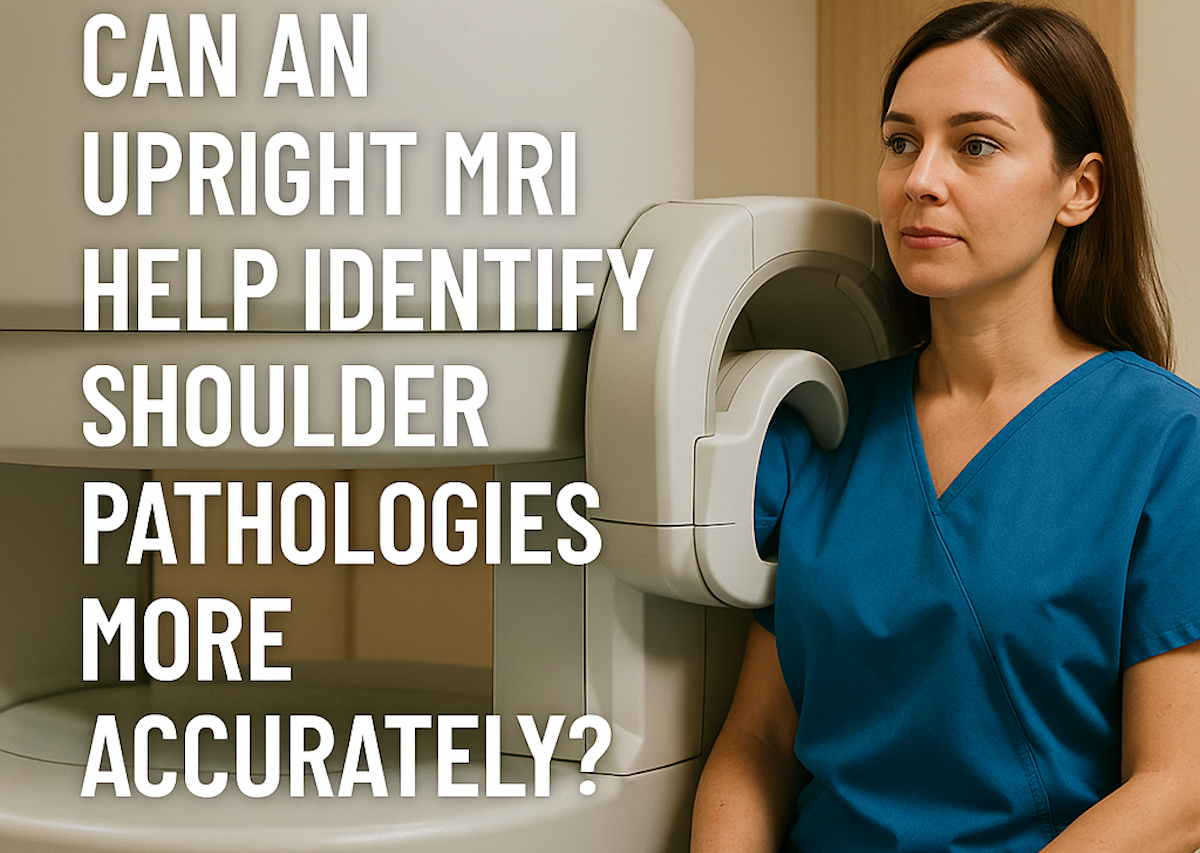
READ PATIENT TESTIMONIALS
Upright MRI of Deerfield.
Susan D.,
Highland Park, 39
I am going to tell everyone about your office! This was a great experience after I panicked in other MRI machines and had to leave. Thank you so much.

Judith B.,
Milwaukee, 61
I suffer from vertigo and other MRIs do not work. This was wonderful…absolutely NO discomfort at all. The MRI was so fast…I wanted to stay and watch the movie! Mumtaz was great. His humor really put me at ease. I’ve already recommended Upright MRI to friends.

Delores P.,
Glencoe, 55
Everything is so nice and professional with your place. I have been there a couple of times. My husband and I would not go anywhere else.





